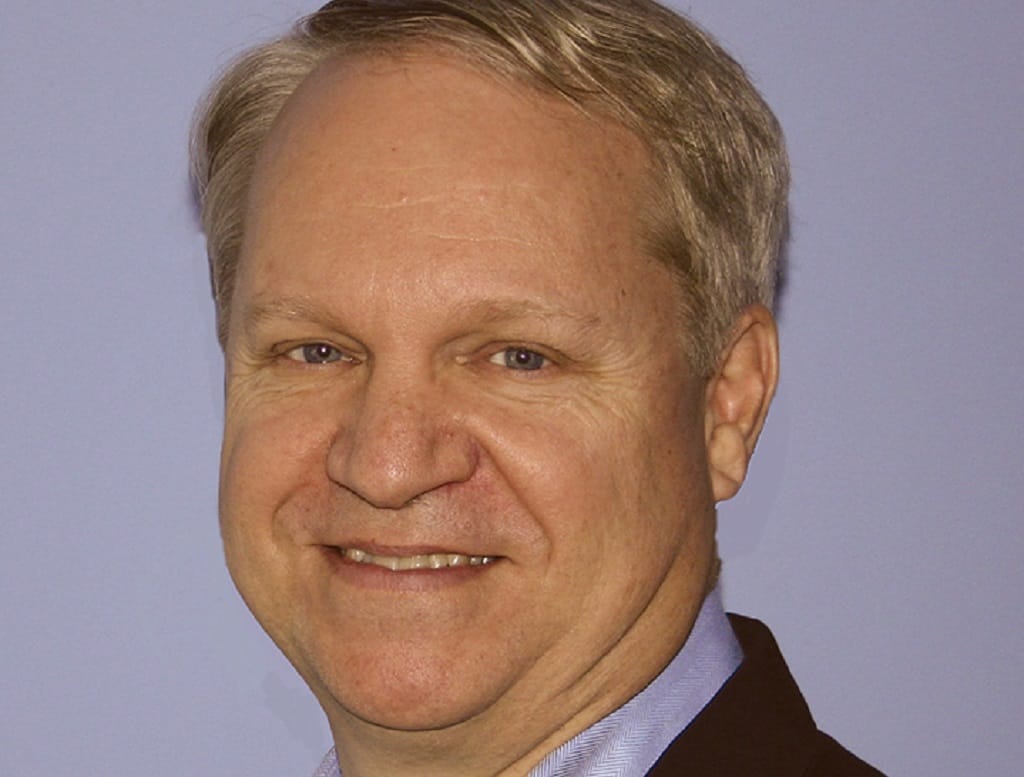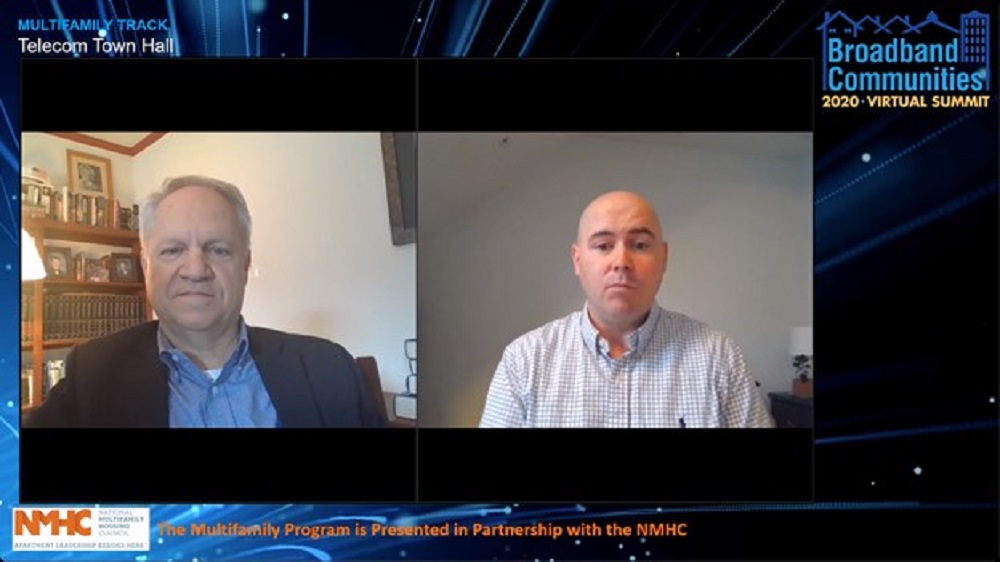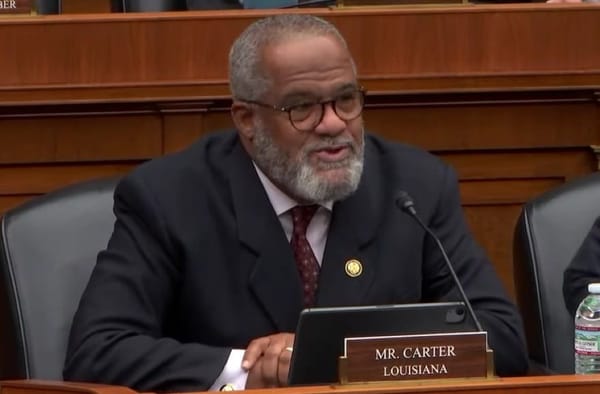New Entrants in the Multifamily Broadband Space Create Policy Turnabouts and Clashes on Infrastructure
January 2, 2021 – Expect issues of broadband and multifamily housing to gain renewed attention in 2021. Watch for some strange alliances and interesting policy turnarounds. The subject matter is complicated because of both policy challenges and infrastructure issues associated with the inside wiring
Liana Sowa

January 2, 2021 – Expect issues of broadband and multifamily housing to gain renewed attention in 2021. Watch for some strange alliances and interesting policy turnarounds.
The subject matter is complicated because of both policy challenges and infrastructure issues associated with the inside wiring of a multi-tenant environments.
For example, on Tuesday the Wireless Internet Service Providers Association announced that it will take over leadership of the Multifamily Broadband Council; their members converted into WISPA members at the start of the new year on Friday.
See “WISPA and Multifamily Broadband Council,” Broadband Breakfast, December 30, 2020
As a trade association, MBC represented telecommunications companies delivering broadband to apartment buildings and condominiums. WISPA, by contrast, has generally represented broadband providers using fixed wireless solutions. Generally, those connections have been to more rural customers, which is a smaller share of the multifamily housing market.
The former executive director of MBC, Valerie Sargent, said that “WISPA had more members starting to venture into the MDU space yet had no aspect of its membership dedicated to multifamily needs.”
The two groups have taken different approaches to multifamily infrastructure
In the past, the two groups have emphasized different approaches multifamily infrastructure.
For example, MBC was allied with an effort – led by the real-estate industry – to challenge Article 52, a controversial San Francisco ordinance that required the owners of multiple-dwelling units to allow individual apartment-dwellers to choose their broadband provider.
Among those involved in that effort were the National Multifamily Housing Council, which supported the MBC effort to overturn Article 52. It was ultimately successful: The Federal Communications Commission pre-empted the measure in July 2019.
But now NMHC and WISPA are on opposite sides of an issue that appears to be gaining traction at the FCC: Requiring building owners to allow wireless internet service providers access to their rooftops so that providers can offer broadband to any MDU dweller.
Currently, the Over-The-Air-Reception-Device rule allows consumers to place satellite dishes on their units, in spite of any pre-existing restrictive real estate covenants. Now some broadband providers are seeking to put “hubs” on apartment buildings. WISPA said that a rule change would “help align OTARD rules with how today’s wireless broadband networks are being built.”
Matt Ames, an attorney at Hubacher, Ames and Taylor representing the NMHC and other real estate associations, recently argued before the FCC that the agency should refrain from extending the OTARD rule.
How the Article 52 and OTARD controversies intersect
Speaker earlier in the fall, at the Broadband Communities Virtual Summit, Ames said real estate interests were skeptical of sharing inside wiring, which was a central part of Article 52. As part of the July 2019 action preempting the San Francisco ordinance, the agency asked for broader information from cable and broadband providers about all kinds of agreements they enter.
Ames said that in his meetings with FCC officials, the real estate companies argued that if the existing OTARD rules were changed, anyone leasing access on a rooftop (a cell carrier or tower company, for example) would automatically have the right, regardless of the terms of the lease, to put in a hub site or wireless broadband antenna, which would affect current and future lease agreements.
According to Ames, the OTARD rule, which states that if you lease or own property you can put up certain antennas, be they satellite, Wi-Fi, or broadband antennas, was aimed at people being able to receive the service.
However, the rulemaking would expand this so that service providers would have the ability to put in transmitting antennas, “turning the original purpose of the rule on its head,” he said.
The FCC was asked to look at several multifamily issues such as exclusive marketing, exclusive use of wiring, compensation payments to owners, and proposed transparency requirements, meaning whether or not companies would be required to disclose terms of marketing and revenue share agreements.
The FCC is also investigating general issues such as like exclusive rooftop agreements and whether providers should be allowed to share digital antenna systems if permitted in a building.
NMHC’s arguments against the OTARD changes
The real estate industry has made six key arguments at the FCC.
Ames said the first point was that “new competitors aren’t being shut out, there’s just a lot of competition and they need to find a market niche where they can compete.”
While a lot of competitors have anecdotes about going to one place or another and being shut out, that’s not the same as the marketplace being unfair.
Second, the regulations they were asking for were likely to be counterproductive because none of the terms would encourage owners to bring people in because they were just regulating the terms with the owners.
Third, competition is already strong in the industry. The level of penetration of competition in multifamily market shows that in 75 percent of apartment communities there are already two providers. In 80-90 percent of new construction, the developer is assuming or looking to get two or more providers.

Screenshot from the Broadband Communities Virtual Summit
Fourth, the FCC’s rules have created the current competitive climate.
“Competitors have accused sale and lease agreements of being unfair, but really the existing situation is the result of the FCC’s rules.” Explained Ames, “Cable operators don’t have the incentive to own wiring, which is why owners own it and then make it available on various terms.”
The FCC also told phone companies that if they owned fiber networks the FCC won’t regulate them, and they now “insist on owning the fiber all the way to the unit.”
This is significant because it would mean that the FCC would have to tell phone companies that they need to share their wiring, which Ames does not think is likely to happen.
Fifth, providers find the repeal of net neutrality really helpful because they’re not in the business of regulating broadband.
Sixth, there’s a lot more involved in developing a new multifamily/apartment network than one might think. Some have complained that it’s unfair for owners to get a little back on a door fee or revenue share; however, said Ames, “when you’re spending 50 million dollars to develop a property and you’re paying for a lot of the initial wiring costs, I don’t think that argument flies.”










Member discussion